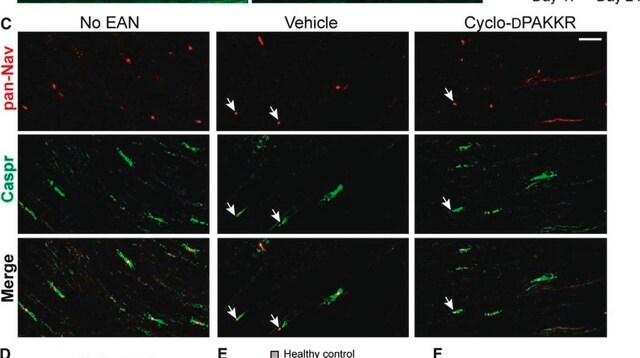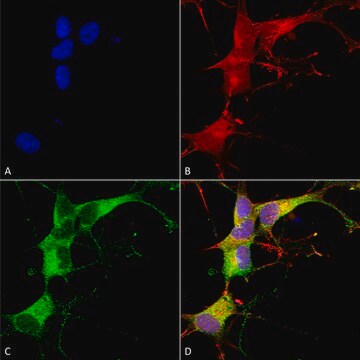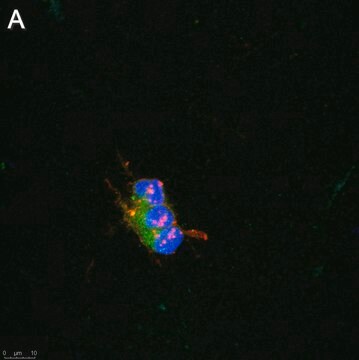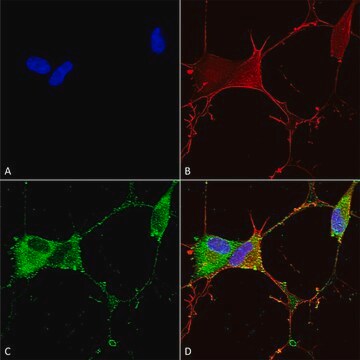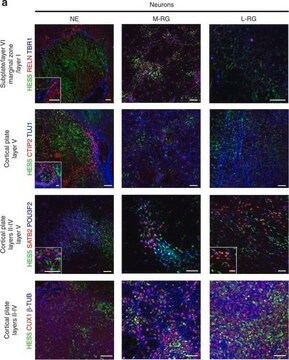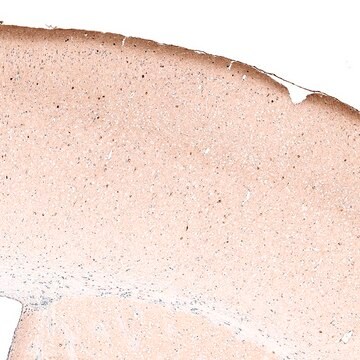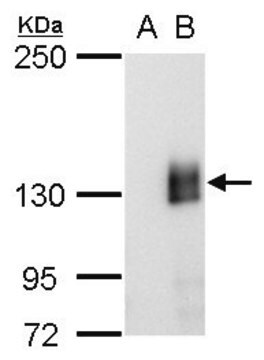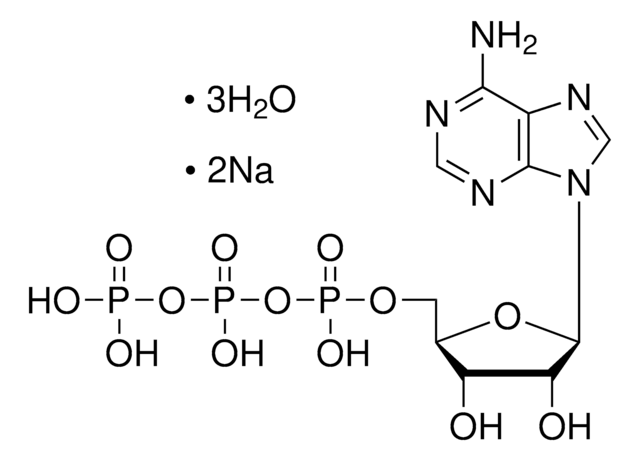MABN466
Anti-Ankyrin-G Antibody, clone N106/36
clone N106/36, from mouse
Synonim(y):
Ankyrin-3, ANK-3, Ankyrin-G
About This Item
Polecane produkty
pochodzenie biologiczne
mouse
Poziom jakości
forma przeciwciała
purified immunoglobulin
rodzaj przeciwciała
primary antibodies
klon
N106/36, monoclonal
reaktywność gatunkowa
rat
metody
immunohistochemistry: suitable
izotyp
IgG2aκ
numer dostępu NCBI
numer dostępu UniProt
Warunki transportu
wet ice
docelowa modyfikacja potranslacyjna
unmodified
informacje o genach
rat ... Ank3(361833)
Opis ogólny
Specyficzność
Immunogen
Zastosowanie
Immunohistochemistry Analysis: A representative lot detected Ankyrin-G in rat optic nerve tissue.
Immunofluorescence Analysis: A representative lot detected Ankyrin-G in adult rat cortex tissue.
Immunofluorescence Analysis: A representative lot from an independent laboratory detected Ankyrin-G in a rat model of TLE mEC layer II neurons (Hargus, N. J., et al. (2011). Neurobiol Dis. 41(2):361-376.)
Neuroscience
Developmental Neuroscience
Jakość
Immunohistochemistry Analysis: A 1:500 dilution from a representative lot detected Ankyrin-G in rat hippocampus tissue.
Opis wartości docelowych
Postać fizyczna
Przechowywanie i stabilność
Komentarz do analizy
Rat hippocampus tissue
Inne uwagi
Oświadczenie o zrzeczeniu się odpowiedzialności
Nie możesz znaleźć właściwego produktu?
Wypróbuj nasz Narzędzie selektora produktów.
Kod klasy składowania
12 - Non Combustible Liquids
Klasa zagrożenia wodnego (WGK)
WGK 1
Temperatura zapłonu (°F)
Not applicable
Temperatura zapłonu (°C)
Not applicable
Certyfikaty analizy (CoA)
Poszukaj Certyfikaty analizy (CoA), wpisując numer partii/serii produktów. Numery serii i partii można znaleźć na etykiecie produktu po słowach „seria” lub „partia”.
Masz już ten produkt?
Dokumenty związane z niedawno zakupionymi produktami zostały zamieszczone w Bibliotece dokumentów.
Nasz zespół naukowców ma doświadczenie we wszystkich obszarach badań, w tym w naukach przyrodniczych, materiałoznawstwie, syntezie chemicznej, chromatografii, analityce i wielu innych dziedzinach.
Skontaktuj się z zespołem ds. pomocy technicznej